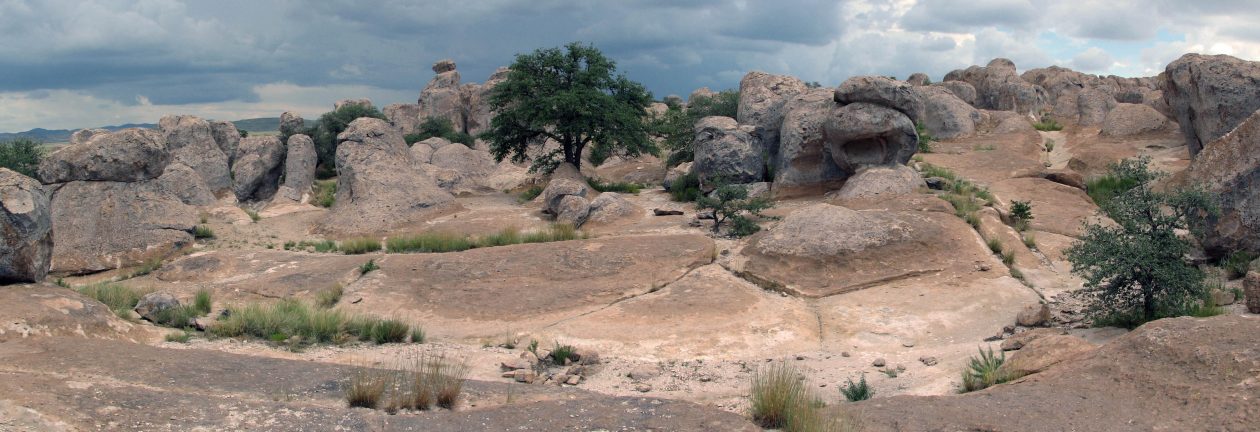Chernobyl, Ukraine
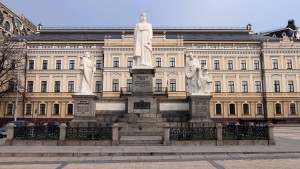
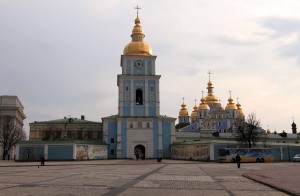
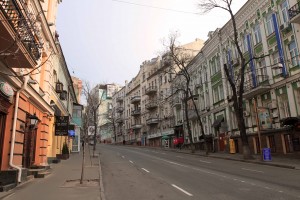
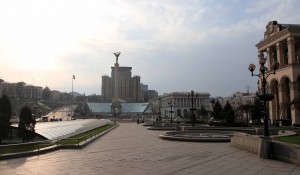
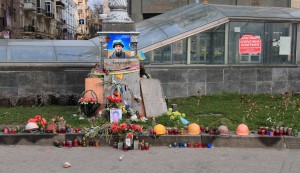
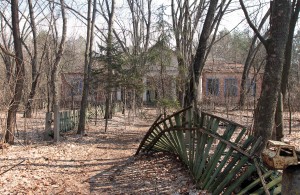
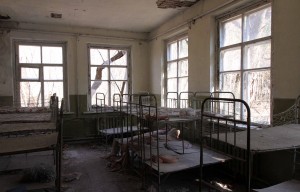
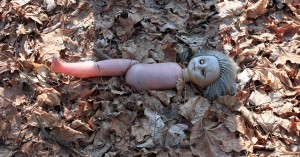
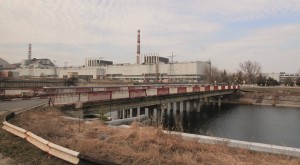
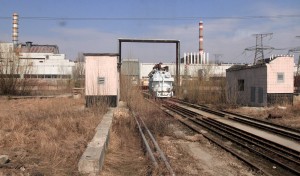
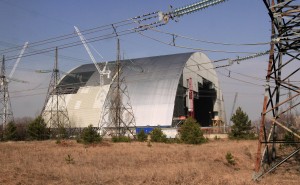
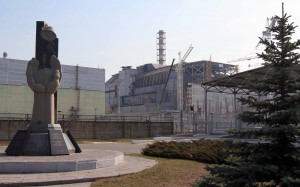
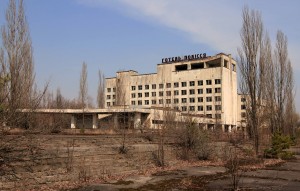
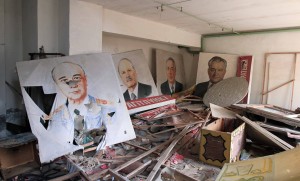
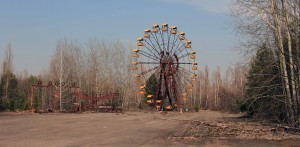
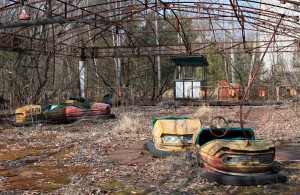
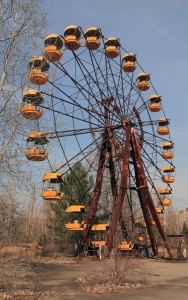
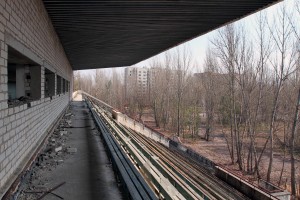
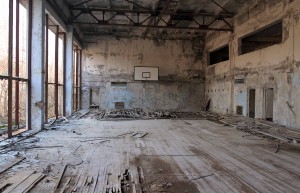
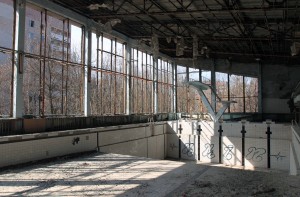
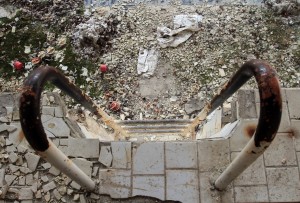
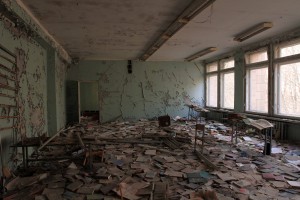
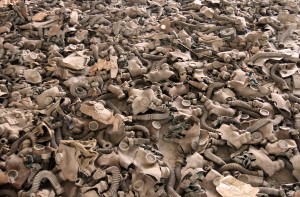
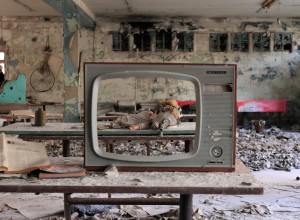
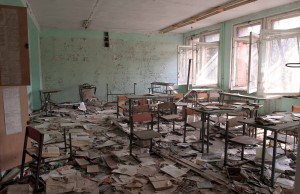
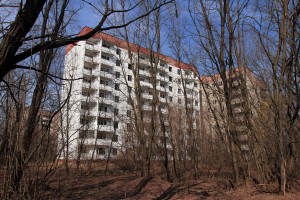
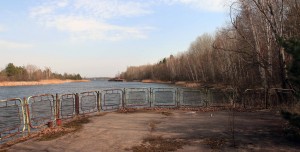
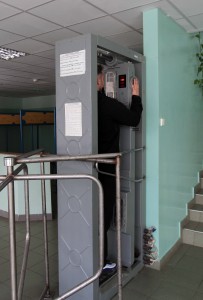
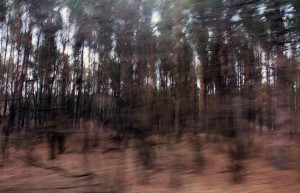
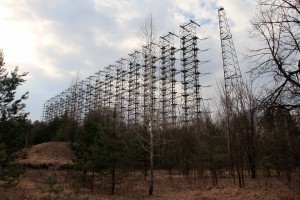
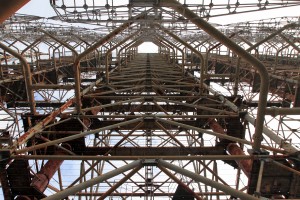
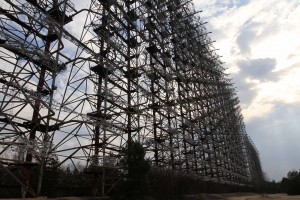
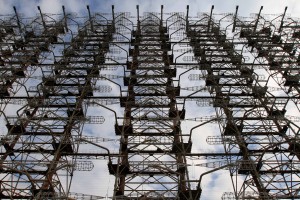
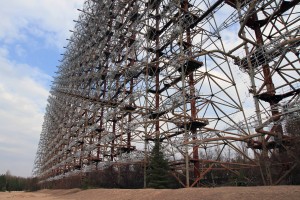
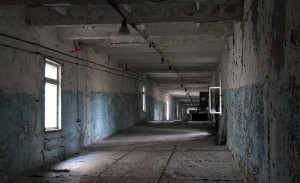
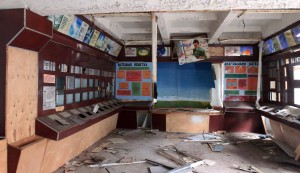
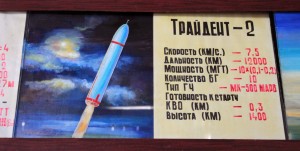
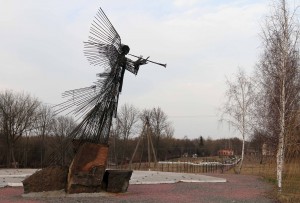
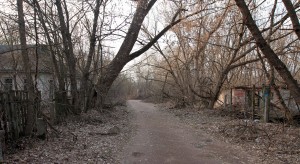
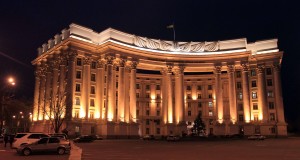
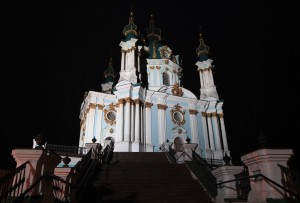

My alarm woke me up at 06:20 and I showered, dressed, grabbed my camera, and walked out of the hostel at 07:15. I then walked to the meeting point for the tour to Chernobyl that I had booked yesterday. I walked past St. Andrew’s Church and St. Michael’s Golden-Domed Monastery, before heading to Maidan Nezalezhnosti (which means “Independence Square”) – the square where most of Ukraine’s major protests have taken place in recent years (the largest were for the Orange Revolution). After walking around the square, I found the tour bus parked by one of the hotels on the edge of the square and waited to board the vehicle. While waiting, I bought an Americano and a water, and I talked with another American on the tour. We then loaded in to the bus, had our passports checked, and – at 08:45 – drove off, northward, through Kiev, through the Ukrainian countryside, and up to Chernobyl. The drive took about an hour and forty minutes, during which, our guide gave us some information about the site, had us watch a well-made documentary detailing the Chernobyl disaster on April 26, 1986 AD, and we signed a waiver sheet. We then reached the Exclusion Zone (a thirty-kilometer zone around Reactor 4 – the reactor that exploded and caused the disaster), picked up our second (and primary) tour guide, passed through the first checkpoint (all passengers had to disembark the bus and walk through the checkpoint like a passport control at an international border crossing), and then drove through the town of Chernobyl, which is government owned and partially inhabited by workers who are needed to maintain and control the site (however, due to the radiation in the area, they can only live within the town for fifteen days out of each month to prevent overexposure). We passed right through the town to hit up the main attractions first and then reached the second checkpoint (ten kilometers away from ground zero). After having our passports checked on the bus, we drove through the checkpoint and to an abandoned school; we stopped the bus at the school, exited the vehicle, and walked around the derelict structure with its books, teaching materials, and toy dolls lying about everywhere, as if killed by the disaster and left unburied. We then returned to the bus and drove to the nuclear power plant, which was known as the V.I. Lenin Nuclear Power Station during the Soviet era. Our guide pointed out the different reactors (1, 2, 3, and 4), as well as those that were under construction at the time of the disaster, but never completed; it was interesting to learn that after Reactor 4 exploded, the other reactors were kept online; the last reactor to be shut down (no. 3) was done so in 2000 AD. We stopped the bus near the nuclear power plant in order to view the entire site with its four reactors while our guide dished out more details about the site, the disaster, and its recovery. As we drove by Reactor 4’s sarcophagus (built to contain the radioactive emissions and molten material), the Geiger counter our guide had reached 6.24 Micro Sieverts (the highest reading it received during the entire tour). We also passed by the giant New Safe Confinement structure, being built to replace the aged and cracked sarcophagus around Reactor 4. We drove around the reactor, to the opposite side, and exited the vehicle 300 meters away from Reactor 4, near a monument. After that stop, we drove onward to Pripyat (the town founded in 1970 AD for the nuclear power plant’s workers and their families) stopping at the town’s entrance sign, before driving to its main square. Once in the center of the town, at the main square, we exited the bus and our guide (or “Stalker” – for Andrei Tarkovsky fans) took us around and inside the buildings. We walked past abandoned apartments, entered in to the theater, walked through the amusement park with its bumper cars and Ferris wheel (the park was to be opened on May 1, 1986 in time for the May day celebrations), walked across the football field (covered in trees and shrubs now) and up its stands, entered in to the swimming pool complex, entered in to a three-level school whose insides were littered with books everywhere, and then walked back to the bus. We then drove to the Pripyat River and walked out to the riverside with its dock and abandoned cafes. After that stop, we loaded back in to the bus and drove out of Pripyat and back to the nuclear power plant, to the cafeteria on site for our lunch. At the cafeteria, we passed through radiation detectors to ensure that none of us were contaminated and we got our food to eat; I had diced beets, sauerkraut, a slice of sausage with mustard, soup, chicken, carrot slices, potatoes pieces, a doughnut with powdered sugar, and a cup of peach juice. After lunch, we returned to our tour bus and drove the short distance to the railroad bridge near the site to feed the giant catfish (made so by radiation exposure) with some bread from the cafeteria. Next, we drove to the Duga-3 radar array, the receiver for the Duga-3 over-the-horizon radar system that was operated secretly in Chernobyl from 1976 to 1989 AD. The Duga-3 was extremely powerful and sounded like a sharp, repetitive tapping noise at 10 Hz, which led to its nickname: the Russian Woodpecker. At the Duga-3 site, we exited the bus, walked in to the old Top Secret compound, and up to the gigantic, massive, huge (!) radar array. We walked along one of two sections of the array before entering inside the adjacent building that spanned the length of the array and contained all the electrical wires and equipment for the array. We then walked in to the command and control building next to the array (which was one of the first places in the Soviet Union to use digital computers) and in to the identification room; inside this room, were still placards above the manned stations with pictures and key specifications of NATO missiles and radars (in this room, I took pictures of almost everything as if I was a spy trying to steal as much information from the Soviets as possible). After visiting the array, we walked back to the bus and then drove to the ten-kilometer checkpoint, where we had to each walk through the radiation detectors to ensure we were not contaminated. We then drove to the town of Chernobyl and stopped at a memorial dedicated to the heroes who lost their lives in order to contain the meltdown and radioactive steam [NOTE: besides the radioactive cloud that drifted across much of Europe that was caused by the steam from the uncontained nuclear reaction (and thus the reason for the sarcophagus being built to seal the reactor), there was a serious danger of a second and much more devastating explosion if the molten radioactive materials seeped down to the ground aquifer; if it wasn’t for miners tunneling to Reactor 4 to place a cooling slab underneath the reaction to contain the molten material, it probably would have caused an explosion a hundred times the effect of the nuclear bombs dropped in World War II and about half of Europe would be uninhabited today]. We then said goodbye to our primary guide and returned to the bus. Next, we drove to some houses on the outskirts of the town of Chernobyl that have been left derelict. After spending about fifteen minutes walking around the eerie homes, we returned to the bus and drove to the thirty-kilometer checkpoint at the edge of the Exclusion Zone; once there, we passed through some final radiation detectors to make sure we were safe before returning to the bus and driving back to Kiev. We reached Kiev in about ninety minutes and the bus stopped whence we began our journey, at Maidan Nezalezhnosti. I then thanked the driver and other guide, and walked back to the hostel, passing by the monastery and church again. After making it back to the hostel and plugging in a drained camera battery to recharge, I walked outside to eat dinner. I found a pizza restaurant next to the “007 Men’s Club” (which must have pussy galore). For dinner, I had a glass of beer and a pizza with a tangy tomato sauce, onions, peppers, chicken, and mushrooms. After dinner, I walked to a nearby supermarket and bought a bottle of wine, cheese, dates, and a slice of date pie with infused with walnuts. I then returned to the hostel, took a shower to decontaminate myself, and typed out today’s journal entry (I also ate the slice of date pie and it was delicious) and updated the website. After midnight, I had the Gouda cheese and the red Crimean wine crafted from Cabernet Sauvignon grapes (which tasted like black currant, black berries, and vegetal notes). Anyway, I stayed up very late and went to bed after 04:00.
